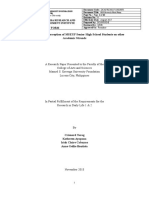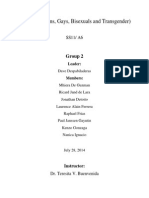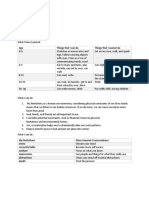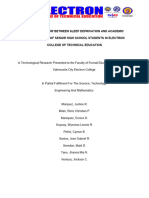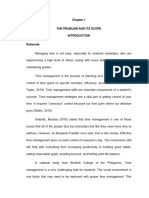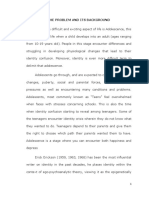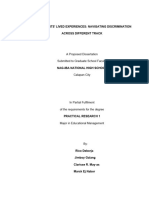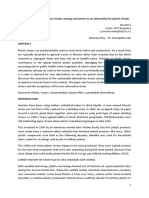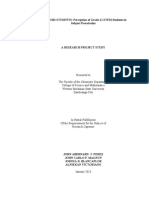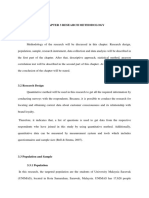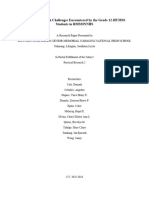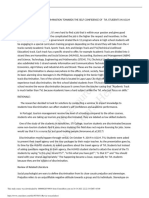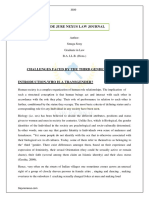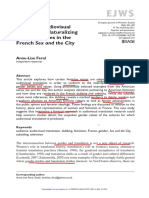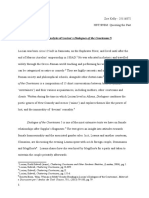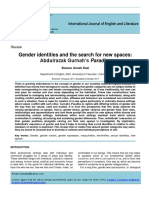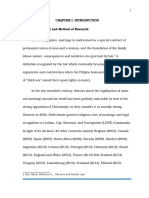0% found this document useful (0 votes)
629 views20 pages25% 25% Humss GAS HE ICT: in This Chapter, The Researchers Will Present and Interpret The Data That Researchers
The chapter presents related literature and studies on strand discrimination experienced by senior high school students in the Philippines. It discusses how students often face stigma and labeling after choosing their strand, with some feeling they are seen as "slow". While discrimination exists in many areas of society, there is a lack of research specifically on this issue among students. The literature highlights how discrimination is linked to factors like gender, socioeconomic class, and academic abilities. It also examines the impacts discrimination can have, such as decreased motivation and academic guidance seeking among students.
Uploaded by
Koshi SugawaraCopyright
© © All Rights Reserved
We take content rights seriously. If you suspect this is your content, claim it here.
Available Formats
Download as DOCX, PDF, TXT or read online on Scribd
0% found this document useful (0 votes)
629 views20 pages25% 25% Humss GAS HE ICT: in This Chapter, The Researchers Will Present and Interpret The Data That Researchers
The chapter presents related literature and studies on strand discrimination experienced by senior high school students in the Philippines. It discusses how students often face stigma and labeling after choosing their strand, with some feeling they are seen as "slow". While discrimination exists in many areas of society, there is a lack of research specifically on this issue among students. The literature highlights how discrimination is linked to factors like gender, socioeconomic class, and academic abilities. It also examines the impacts discrimination can have, such as decreased motivation and academic guidance seeking among students.
Uploaded by
Koshi SugawaraCopyright
© © All Rights Reserved
We take content rights seriously. If you suspect this is your content, claim it here.
Available Formats
Download as DOCX, PDF, TXT or read online on Scribd
/ 20











